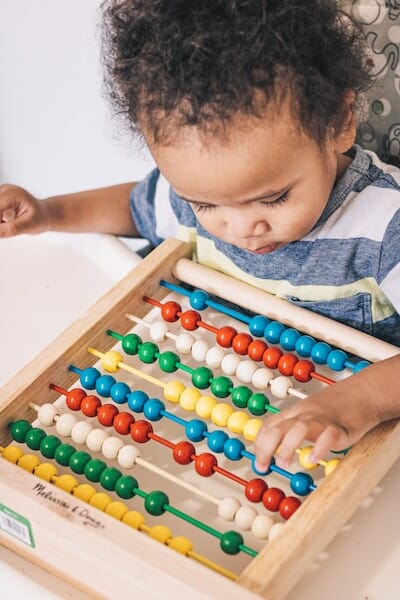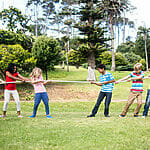Strategies for Reading Success
I love using the strategies for reading success, such as teaching letter recognition and word families, to help my toddler improve skills. One of the most effective strategies I’ve found is interactive reading. When I read aloud to my toddler, I encourage him to participate by asking questions, making predictions, and even acting out parts of the story. This not only keeps him engaged, but also helps him develop his comprehension skills. Another strategy that has been particularly helpful is multisensory learning. By engaging multiple senses, such as touch, sight, and sound, my toddler is better able to grasp new concepts. For example, we use alphabet crafts to help him associate letters with images that start with those letters. We also use a soft piece of material to help him understand words like ‘soft’ and possibly even the letter ‘S’. By making learning fun and interactive, my toddler is excited to learn and is making great progress in his reading skills.Importance of Learning Styles
Understanding your child’s learning style is crucial in creating a personalized approach to their education, allowing them to thrive and reach their full potential. As a parent, it’s important to recognize that every child is unique and may have a different way of processing information. Some children may be visual learners, while others may be auditory learners. Some may prefer to learn through hands-on activities, while others may thrive in a more structured environment. To ensure your child’s success, it’s important to conduct a learning style assessment to determine the best way to approach their education. This can involve observing their behavior, asking them questions, and paying attention to how they respond to various stimuli. Once you have a better understanding of their learning style, you can incorporate play in learning to make it more engaging and enjoyable for them. This can include activities like games, crafts, and storytelling, which can help your child learn while having fun. By taking a personalized approach to your child’s education, you can help them develop a love of learning that will last a lifetime.How Can Enrichment Ideas and Building Connections Help in Teaching Children to Read?
Raising global citizenship enrichment ideas can play a crucial role in teaching children to read. By introducing diverse literature and incorporating cultural experiences, children develop empathy and a broader understanding of the world. Building connections through books, discussions, and community projects fosters a love for reading and an appreciation for different perspectives, empowering children to become lifelong readers and compassionate global citizens.












